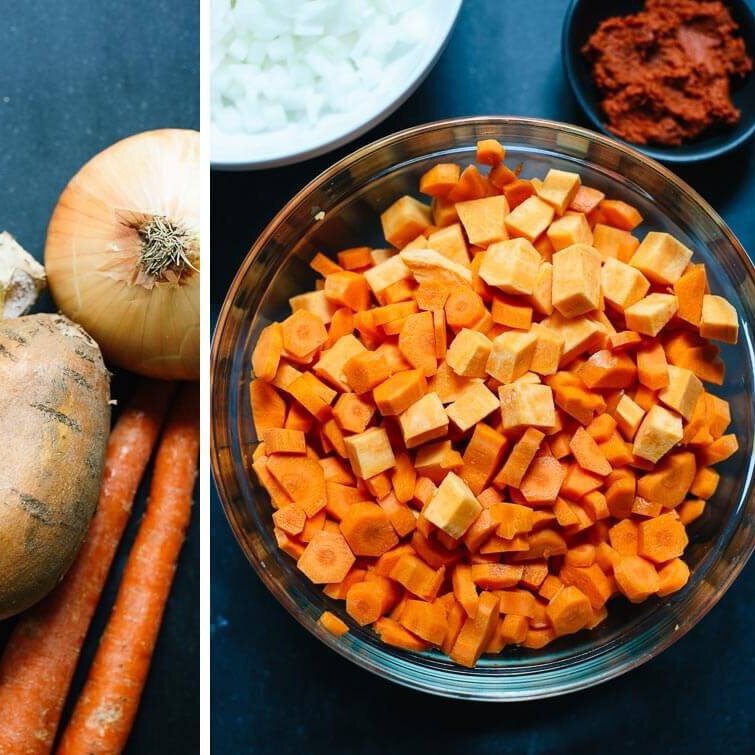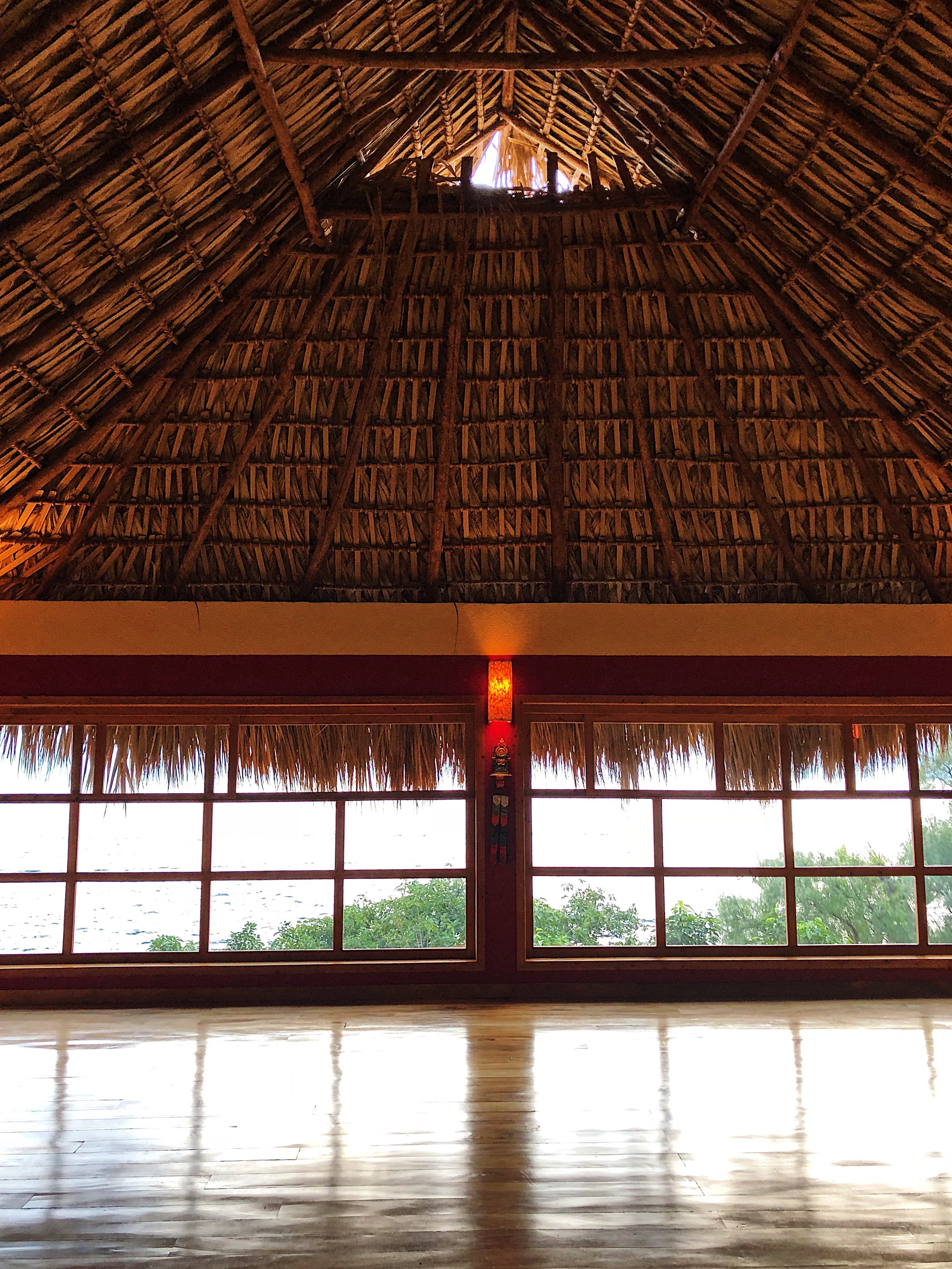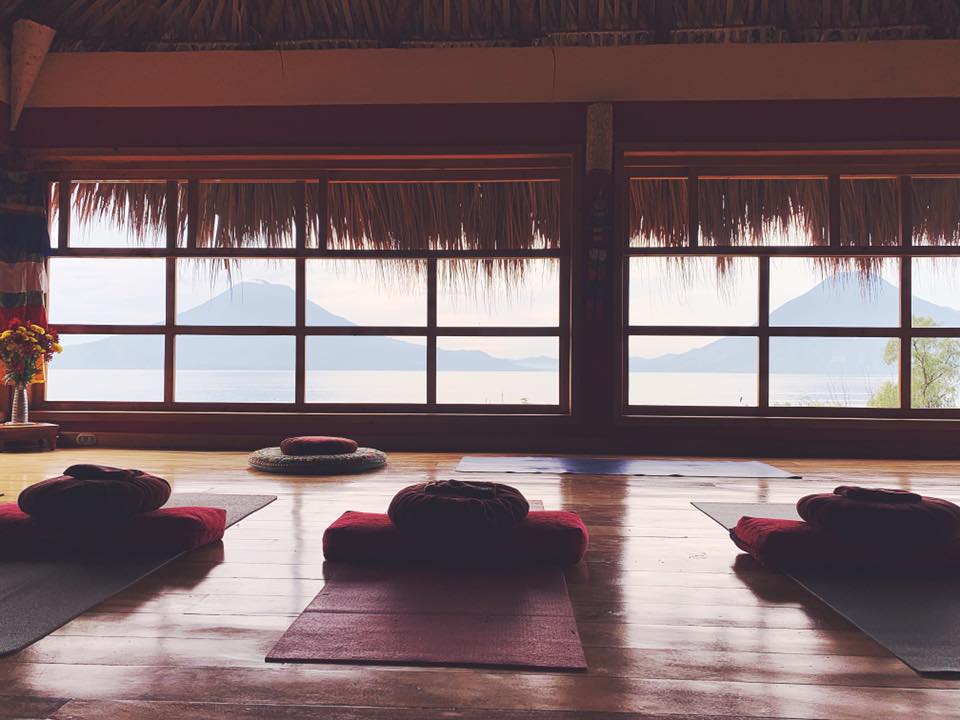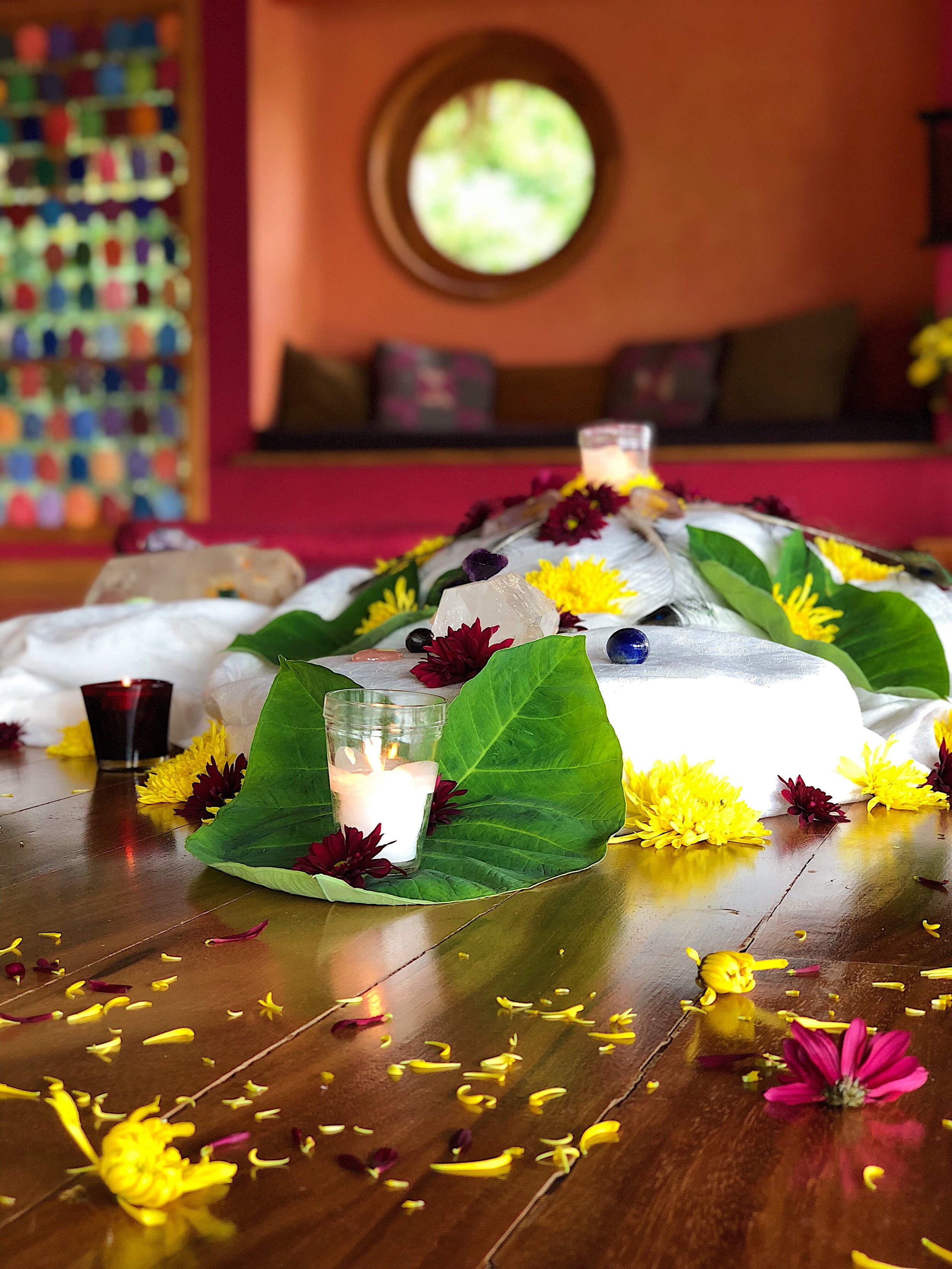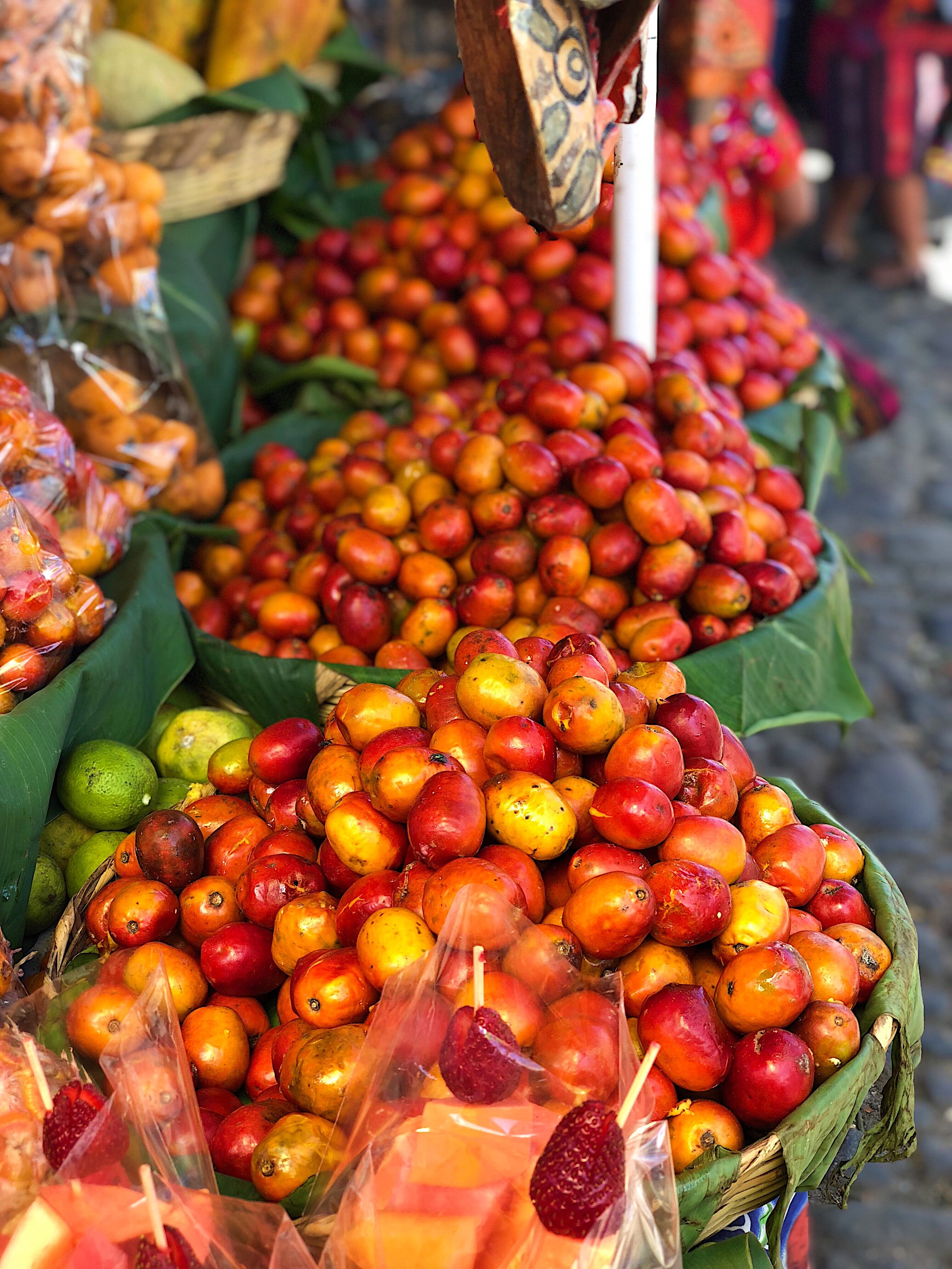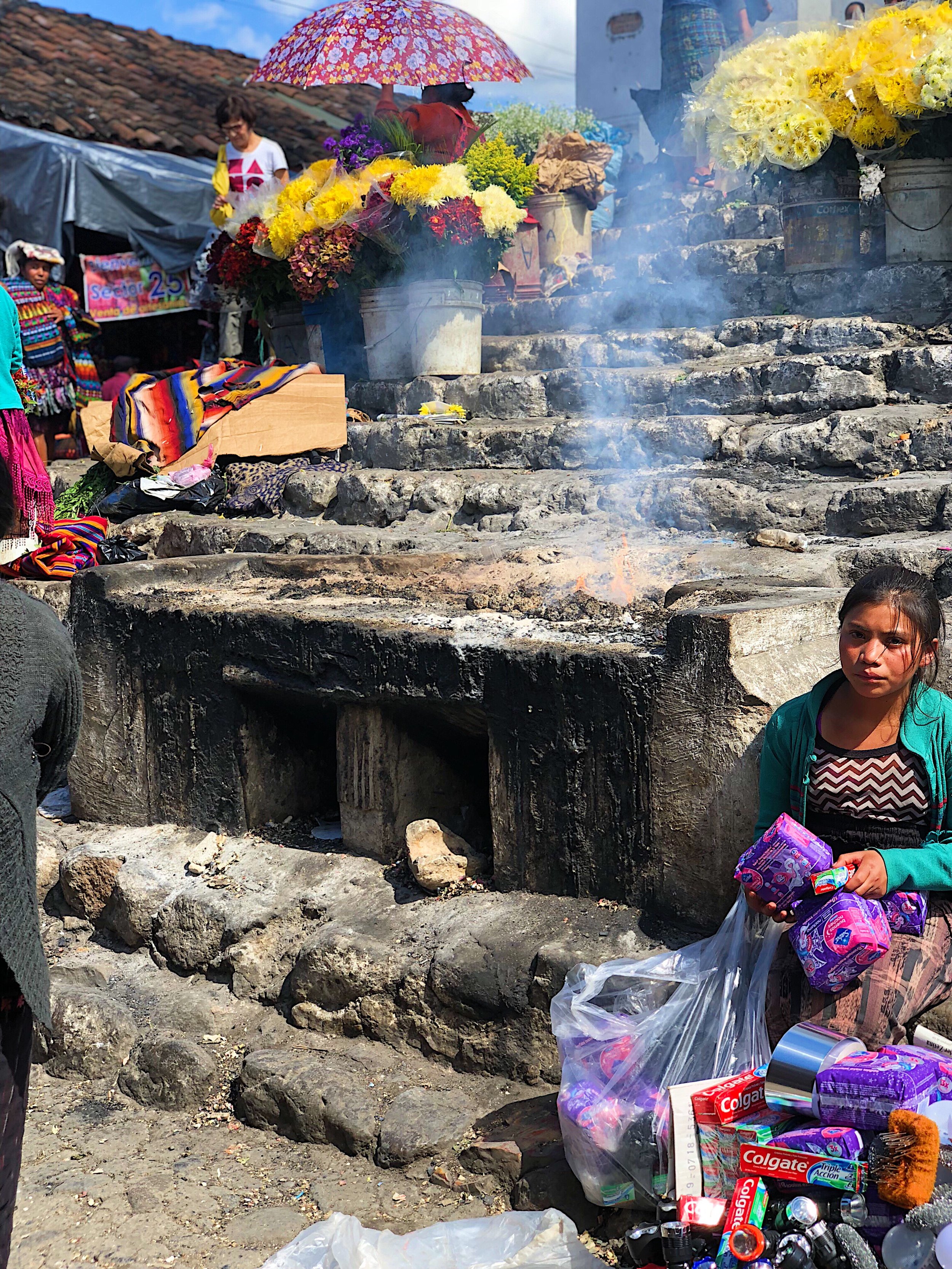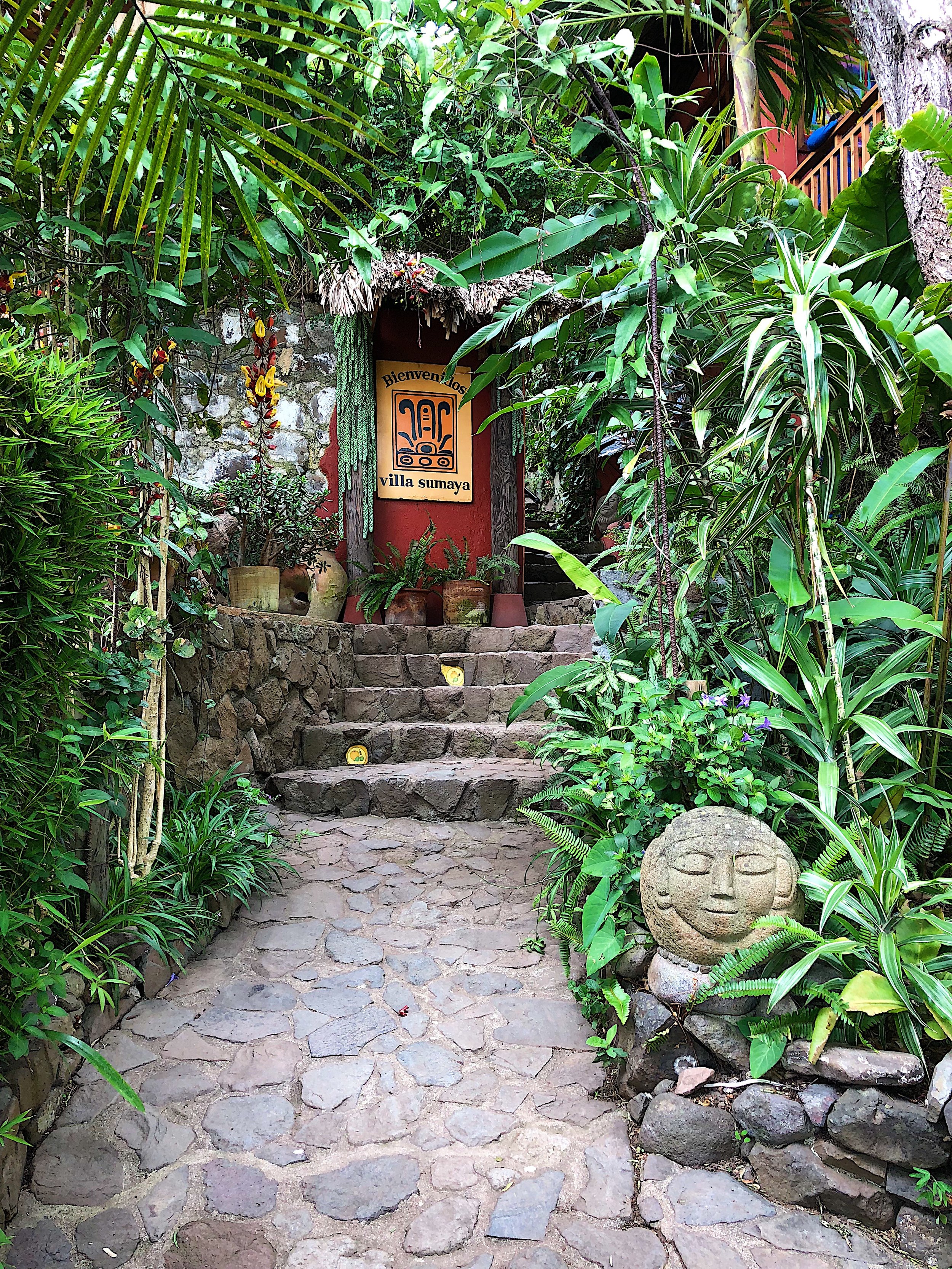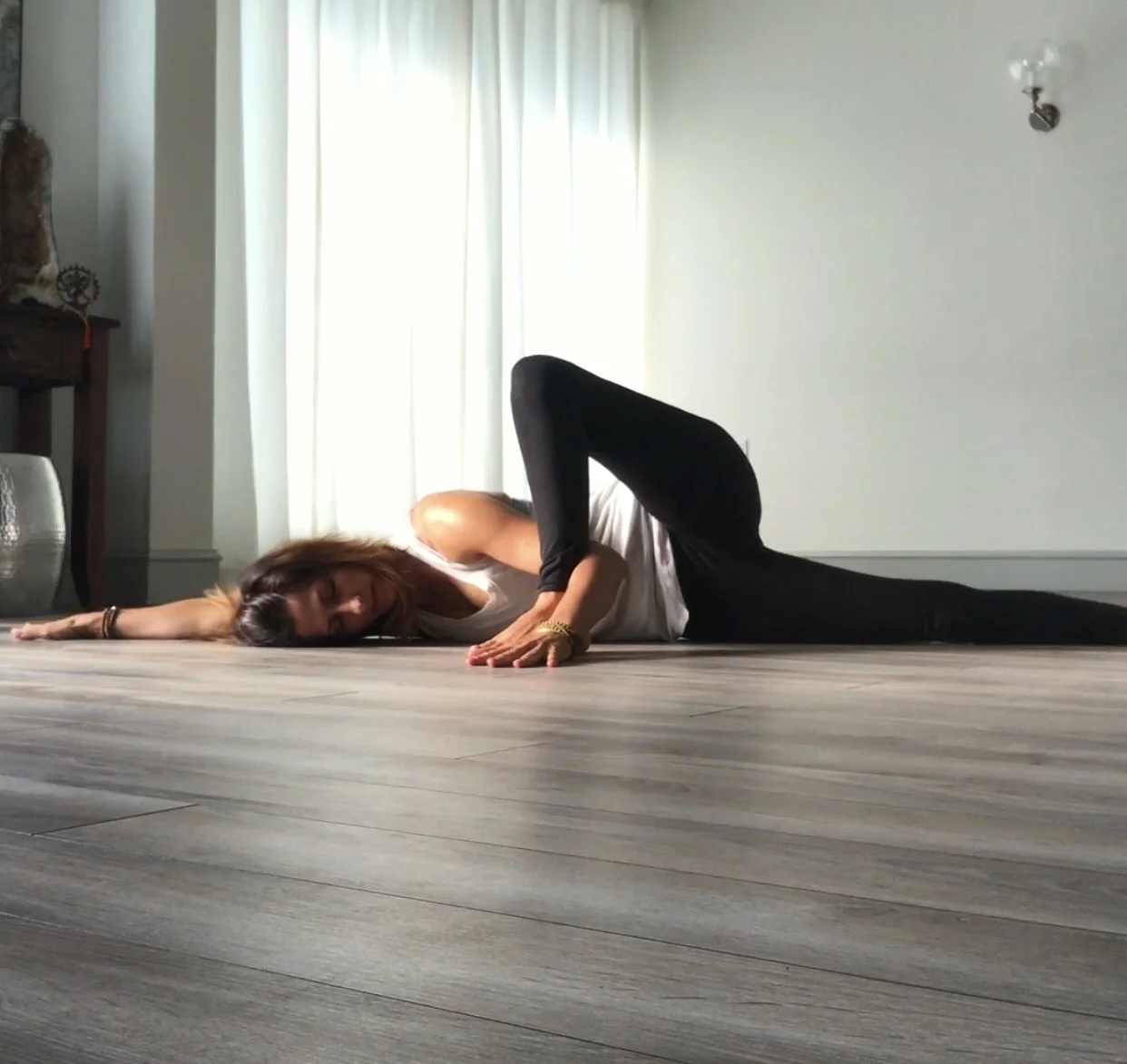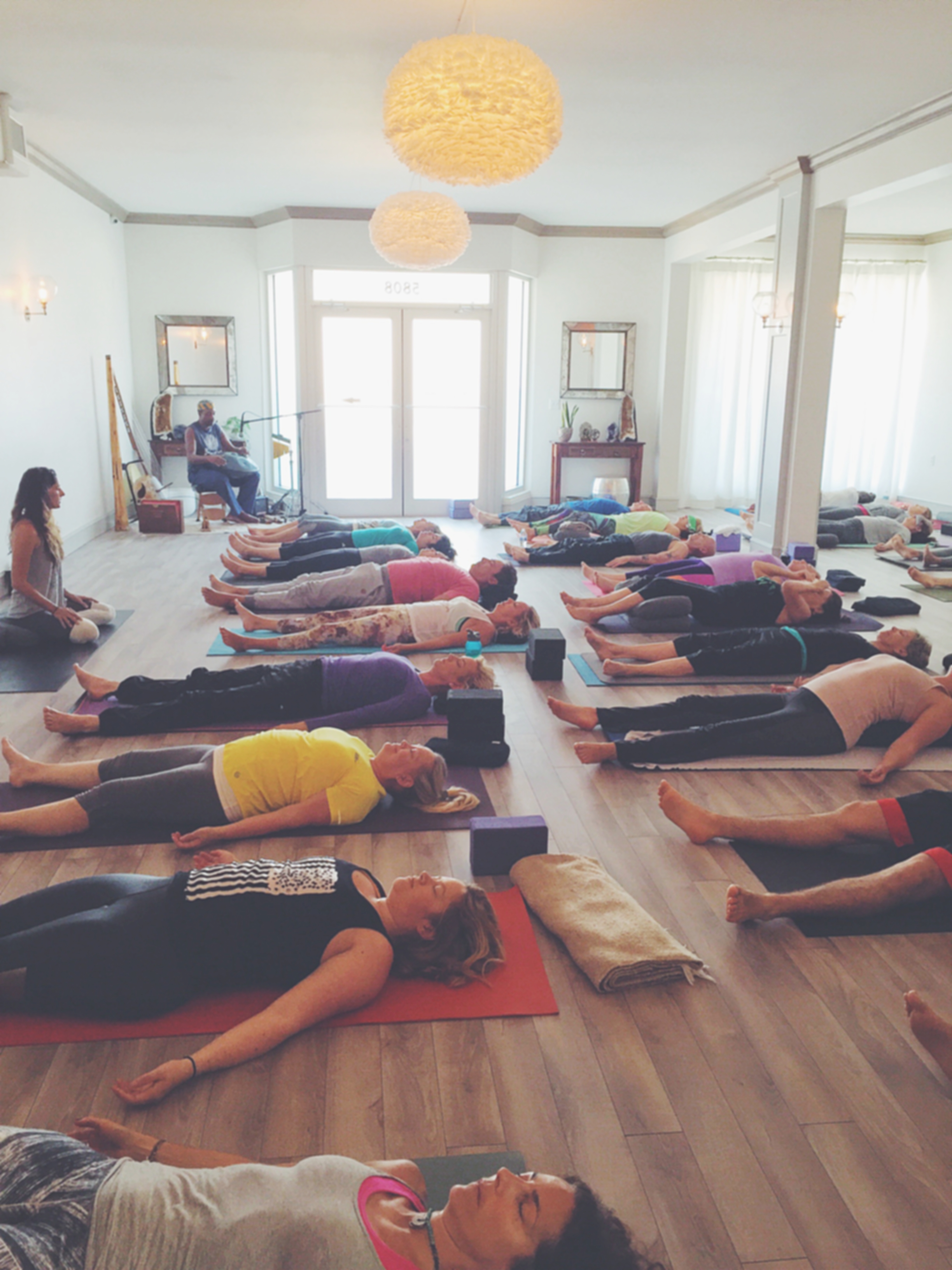True Motivation For Kindness
In the Mahayana vehicle the Buddha teaches us that we should be more concerned for the welfare of sentient beings than we should for our own. If we examine ourselves carefully, however, we understand that that is not a natural way for us to behave. The survival of self has always been our primary concern, and the habit or strong habitual tendency of preserving the ego is so deeply ingrained we do not actually understand how frequently we engage in it.
Now you might disagree, thinking, "Well, I was very kind to my family yesterday, and I was kind and generous to my friends last week. I even gave some things away." If you think like that, think again. The only way that you can remember when you were kind is by comparison to other times. This means that there has to be a hefty measure of time when you were not kind, to be able to compare the two.
If we were truly bodhisattvas here solely to benefit sentient beings, the activity of kindness would be so all-pervasive and natural we wouldn't be able to discriminate it. One would not know that one was kind. If someone were to say to you, "You're really kind. Your whole life is kindness," one would say, "Really?" because one wouldn't know. There would be nothing to compare it to.
When we look at our kindness truthfully, we often find out it is all about us, and for the most part has very little to do with anyone else. This is a hard truth to face, but it must be faced in order to discover what the Buddha is talking about when he speaks of kindness toward all sentient beings.
Self-examination often leads us to the decision to be a kind person. When your decision is about being a kind person, however, there is actually very little true caring for the welfare of sentient beings. What you are really trying to do is to find yourself, or to like yourself, or to label yourself, to discriminate between self and other and to continue the continuum of egocentricity. When a person decides to be kind, they do so because they want to be a certain way or they want to present themselves a certain way, but generally it's all about them.
The Buddha teaches us when we wish to embody the virtue of compassion -- when we actually decide to be kind -- we should do so for very logical reasons. First, we should study cyclic existence, the cycle of death and rebirth well enough to see its faults. One of the main faults of cyclic existence is that everyone who is born will die. Coupled with this is that during the entire time you're alive until you start to age or become extremely sick you forget that simple fact, and you do not act appropriately.
We're all going to experience the experience of death. But the way you're thinking now and the way you act the rest of the day will demonstrate that you're not thinking like that. You will act like a person who does not remember his or her own death. Because the other thing that you learn about your death is that when you die you can't take anything with you, not a thing -- except the condition, or karma, or habitual tendency of your mind.
Knowing you can only take the habitual tendency of your mind with you when you die, are you going to act appropriately the rest of the day? No way. For the rest of the day, the rest of the week, we will try to accumulate as much approval as possible. “I'm going to make people like me; I'm going to make people proud. I'm going to get love. I'm going to do anything I can -- lie, cheat, steal -- I'll put on an act, pretend. I'll mask my true feelings and do anything just to get a little bit of approval. Who cares if that creates a habit of grasping? Who cares if I take only for me and don't much care what happens to anyone else? I need that approval, that love.”
The other thing we'll do is try to accumulate material goods for no good purpose other than that we want them. We forget we can't take them with us. We don't act like people who know that. We act like people who believe in some kind of hokey fairly tale or story that can't possibly come true.
In cyclic existence we also suffer from the suffering of suffering. If we had a different kind of mind, we could see birth and death and our minds would be stable and spacious. Perhaps these events wouldn't bother us so much.
Unfortunately everything bothers us. Everything is something we react toward, because it is the nature of our mind to react toward everything with acceptance or rejection, hope and fear. What must come from that is hatred, greed and ignorance. We either hate something, or we want it, or we ignore it. Thus, we engage in the suffering of suffering. We not only experience death, we suffer because of our reaction to death. We not only experience separation, we suffer because of our reaction to separation.
So these are the faults of cyclic existence, and what else would you do other than practice a path that leads to the cessation of suffering? You could accumulate material goods, but what good will that do? Or you could continue the habit of being hateful. What good would that do? Or you could continue to grasp. What good would that do?
The Buddha teaches us that there is an end to suffering. That end is to exit cyclic existence; and in order to leave, one must achieve liberation, or enlightenment. Upon awakening to the enlightened state, one no longer revolves in cyclic existence, because one does not have the building blocks of death and rebirth which are based on the assumption of ego, or self nature as being inherently real, and the reaction to phenomenal experiences. That is what cyclic existence actually is--that through that means one actually creates the karma of suffering and death, the endless experience or cycle we find ourselves in.
The Buddha teaches us that to attain enlightenment, to awaken to the primordial wisdom state, one no longer accumulates karma. In fact all of that perceptual experience is pacified, in that one finally awakens to and truly views the primordial wisdom nature. So there is an end to suffering.
So, if you become a spiritual person in order to be something, you're still clinging to ego and you'll actually never attain enlightenment by awakening to the primordial wisdom nature. And the Buddha teaches us that that can be done through the systematic pacification of hatred, greed and ignorance, the pacification of desire, through meditation, prayer, contemplation, study, through the pursuance of enlightened activity.
Now let us take a look at compassion again. The Buddha teaches us that in cyclic existence suffering is all-pervasive and that there is one thing we have in common: we all equally wish to be happy. We are all working so hard to be happy.
The Buddha teaches us as well, that in our nature we are the same. Every sentient being that you see has within them the Buddha seed or the potential to be Buddha. Many have attained Buddhahood. And when you consider that each one of us has that same innate potential, you must follow logically and understand that, at some point, each one of us will be a Buddha. And at that point, who is to say who or what is better than any other? How interesting!
According to the Buddha, we all weigh the same in terms of importance, significance and value. That means men and women are the same, blacks and whites are the same, rich and poor are the same, people of different nationalities, different religions are the same, caterpillars and humans are the same. Yes! They all have the same nature. That's a prejudice you don't want to give up, isn't it? But, according to the Buddha, all sentient beings are equal, and we are especially equal in that all wish to attain happiness.
Now, imagine what it would accomplish to think only of our own happiness. Not only are we the same, but we are, in our nature, indistinguishable from one another. If we were to look at each other from the enlightened perspective, we could not determine where it is that you end and I begin. These lines are drawn up by ignorant minds. In truth, Buddha nature is all-pervasive. So it doesn't pay to think of my benefit and not yours. What would I accomplish? Only the reinforcement of my ego. I would tell myself that I am somebody important and separate. It would not accomplish enlightenment.
Logically, the Buddha tells us we should work endlessly for the benefit of all sentient beings until they are free of suffering. Logic tells me that there are many more of you than there are of me, that collectively you weigh more than I do. Therefore, I should dedicate my life to your well-being, not to my own. That's logic. That's the only thing that makes sense.
Kindness is not such that we're doing anybody a favor by practicing it. Do you realize that? People will say, "You know, I understand this idea of practicing compassion, but I don't feel particularly kind. I just don't have it in me. I'm selfish a lot." My answer is always the same: "Welcome to the world. Do you think you're different from anyone else?" We're all like that. It is this habitual tendency. Where you begin to change this habitual tendency is the intellectual examination of this information and the creation of a new activity pattern based upon it When you come to the realization that kindness isn't a favor you're doing anyone, or something you do when you want to be a good person, you will understand that kindness is the only thing that males sense. At his point your habits will begin to change, and little by little you will begin to act in a compassionate manner.
You'll know you have it when you don't remember whether you've been compassionate or not, when someone says to you, "That was so nice of you, you were so kind" and you can only think, "What else would I have done? That was the only thing to do."
The Buddha teaches us that everything a sentient being does has a little hook on the end of it. And the hook is: I...me...always about me. So you have to watch when you're being kind that you're not being kind just to be a certain way. What you really want to do is to alleviate the suffering of sentient beings. It's about them, not about you. Get the big picture. All sentient beings are suffering. Get that they, like you, don't wish to suffer.
You can help others understand the value of kindness. You can demonstrate it. You can begin to show people the value of being of benefit to others. You can help people to understand in some simple way that there is something better than the superficiality that they are revolving in. You can pray for their enlightenment. Make prayers for the end of hunger, prayers for the end of war, prayers for the end of suffering in all its forms. You can do that, and in doing that, you have actually entered onto the Path. It's just a baby step, but a good one. It is one thing that you can do quietly in your heart. No one ever sees it. You can do it without expecting anyone to pay you back.
The upshot of all of this then is to consider compassion in a new way, in a sense to consider it in an ordinary way, in that you can truly practice it within the context of your life. But more than that, know yourself! See what your motivation is. On this path your motivation is everything. Examine the faults of cyclic existence so that when you accept the hard work of this path, even if it's just simply acting in a compassionate way, accomplish it for the right reasons.
Take into yourself the fundamental truth that cyclic existence is faulted, but that the Buddha said there is an end to suffering, and it is attainable to you if you open your eyes and act appropriately. Don't waste your time gathering unto yourself things that you cannot take with you. Don't waste your time. Practice the Path.













